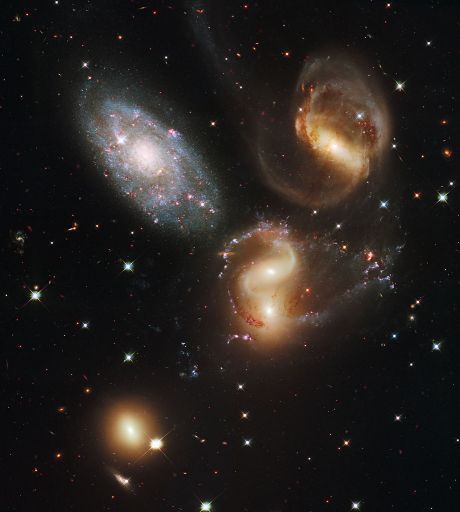
Galaxy clusters are thought to be the largest gravitationally bound objects in our Universe. EU-funded astrophysicists study the available wealth of observations to confirm theories of their evolution through cosmic time.
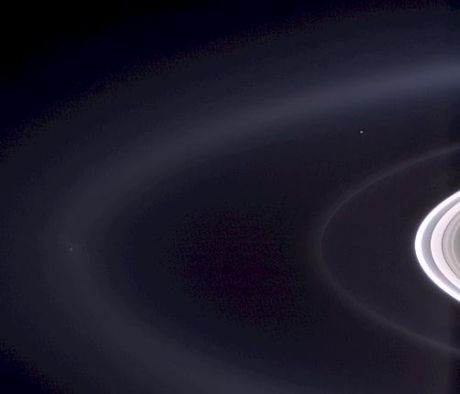
Ice is found throughout our solar system, from Mercury close to the Sun to the outermost shell of comets in the Oort cloud. EU-funded scientists reviewed some of the places in which ice exists to determine how planetary systems form.
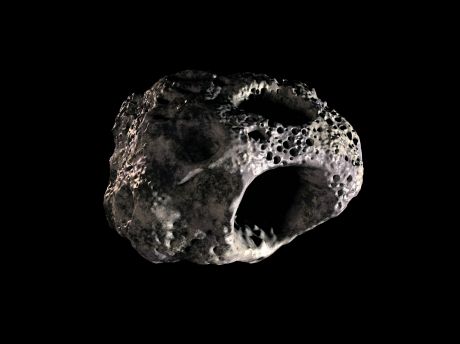
Asteroids can impact anywhere in the world and as many nations as possible should contribute to head off the next major hit. An EU-funded project was an important step in this direction.
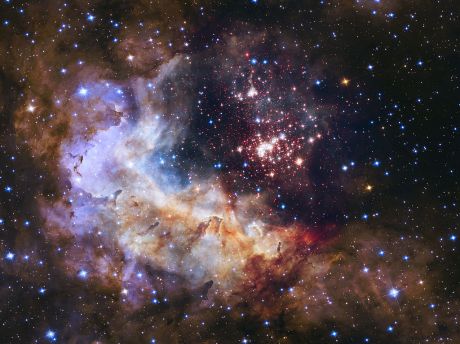
Massive stars play a crucial role in the evolution and chemistry of stellar nurseries and galaxies. Starting with the initial quiescent phases of massive star formation, EU-funded scientists have developed a complete picture of how they form.
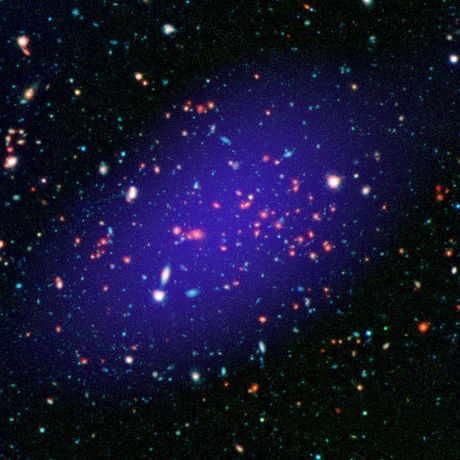
EU-funded researchers have developed cutting-edge technology that makes Europe independent of US instrumentation for the sub-millimetre region of the electromagnetic spectrum.
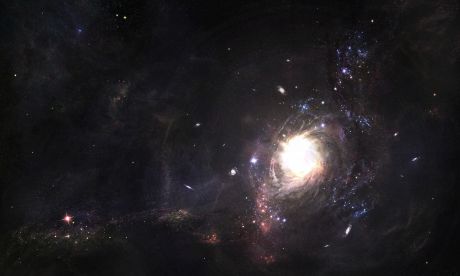
With more than 1 000 satellites in orbit around Earth, it is high time to figure out how to predict solar storms. Now, a new European system provides frequent and reliable web-based forecasts so that satellite operators can take action to protect their satellites from damaging solar eruptive activity.
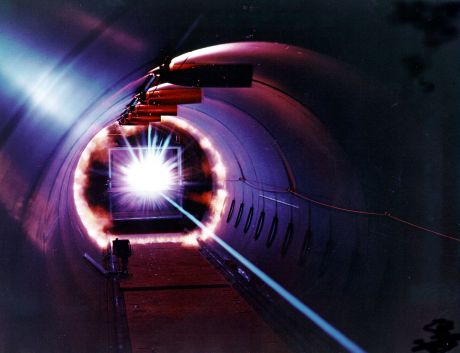
Thousands of small-sized pieces of Space debris orbit around the Earth, posing a threat to satellites. Using Earth-based lasers, an EU-funded project expects to do a proper clean-up.
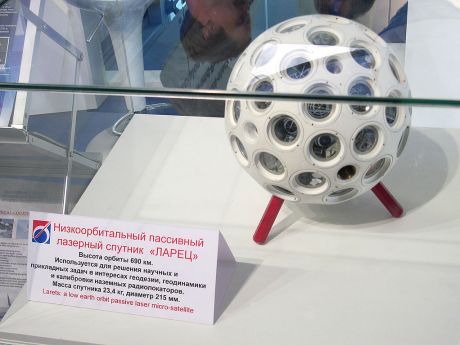
New ideas are being constantly explored to help microsatellites fulfil missions just like larger spacecraft. EU-funded scientists worked on an experimental form of propulsion to address mass and power constraints.
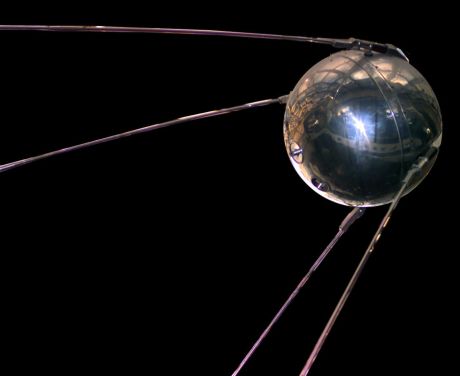
An EU team developed two different analogue-to-digital converters (ADCs) for satellite communications. The low-power, high-performance devices extend the state of the art, and help establish European independence in the sector.
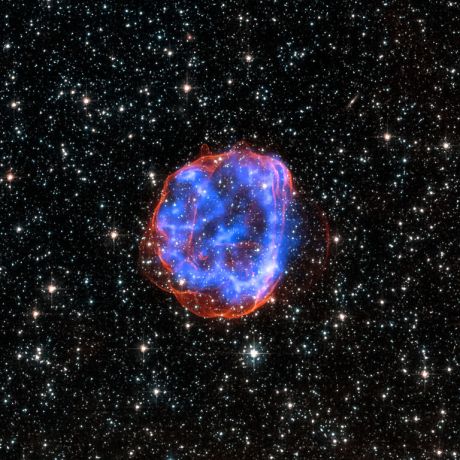
Space-based systems have become indispensable to services critical to Europe's economies, including security. An EU-funded initiative has facilitated the dialogue among the main stakeholders watching for space objects that could harm this infrastructure in orbit.
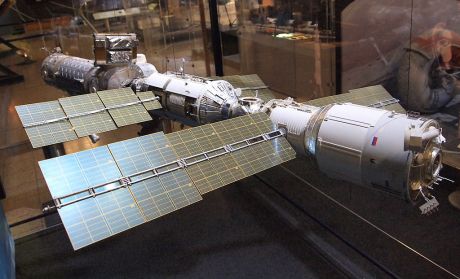
Small and medium-sized enterprises (SMEs) form the backbone of the European economy, providing a potential source for growth. An EU-funded initiative aims to demonstrate that SMEs can also be players in the space technology sector.
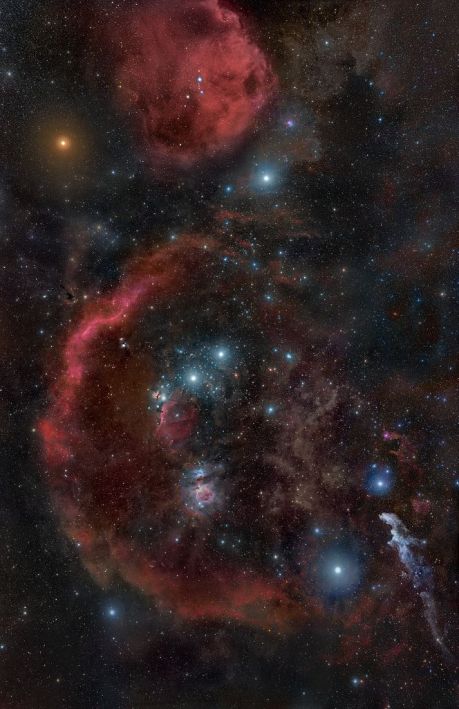
There is observational evidence that our Universe underwent a phase of accelerated expansion sometime in its early history. But, until recently, the predictions of theories suggested by quantum gravity for this inflationary epoch fared poorly when compared with measurements of the cosmic microwave background.
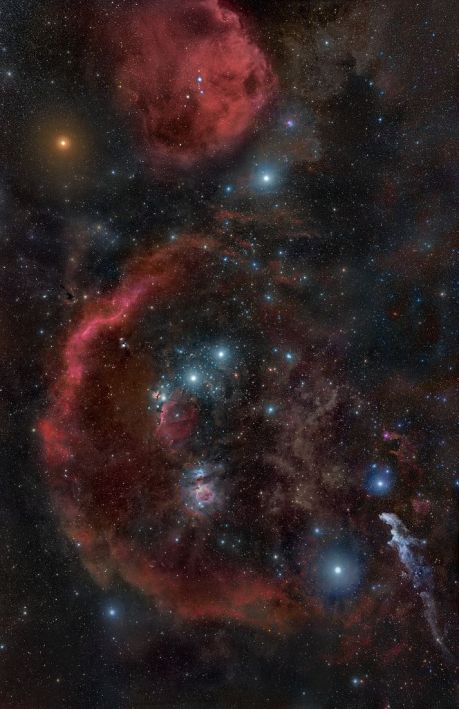
There is observational evidence that our Universe underwent a phase of accelerated expansion sometime in its early history. But, until recently, the predictions of theories suggested by quantum gravity for this inflationary epoch fared poorly when compared with measurements of the cosmic microwave background.
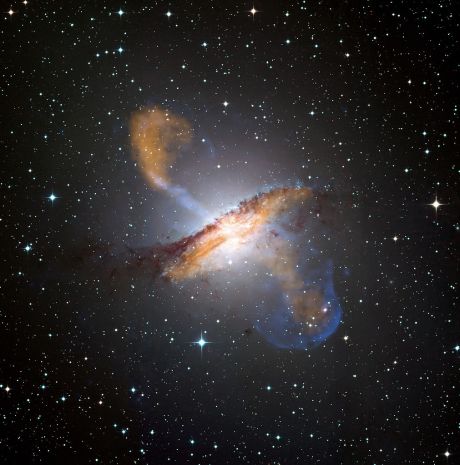
Understanding the physics of the dark sector is one of the foremost challenges of cosmology today. New sophisticated simulations of the evolution of the Universe will play a crucial role in this endeavour.
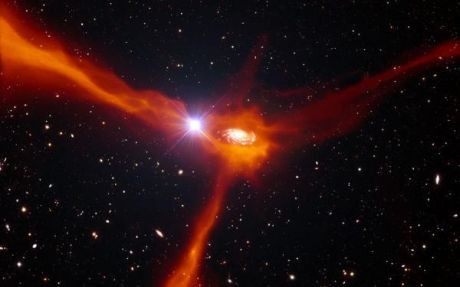
Neutron stars and black holes are unique laboratories to study matter in its most extreme conditions. To better understand their properties, EU-funded astrophysics addressed multi-wavelength observations with fundamental physics in conditions not reproducible in terrestrial experiments.
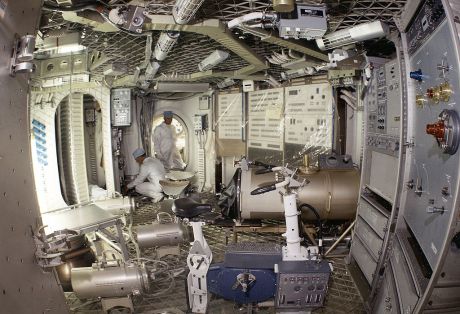
The cardiovascular system relies on a complex synergy of control mechanisms to maintain blood pressure and cerebral perfusion, but the system malfunctions during astronauts' re-entry from space. New studies of mechanisms will improve countermeasures.
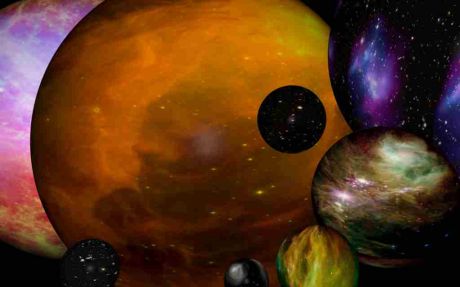
Occasionally, gigantic bubbles of magnetized gas billow away from the Sun and could trigger geomagnetic storms when they reach Earth. EU-funded scientists looked into magnetic field lines twisting up in our star's atmosphere to find how they are launched from the Sun'.
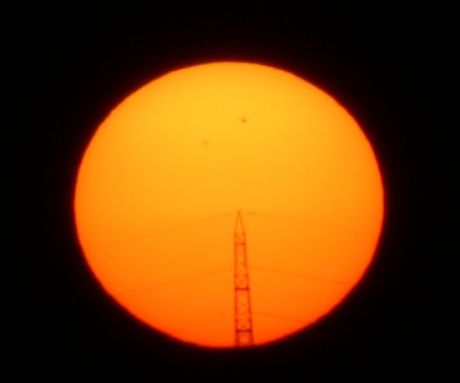
Having reached the peak of its 11-year activity cycle, our planet's mother star has been acting up –and scientists are ready for it. By meticulously studying the Sun, they are able to understand better, and potentially predict, solar eruptions that spew huge amounts of dangerous energetic particles towards Earth.
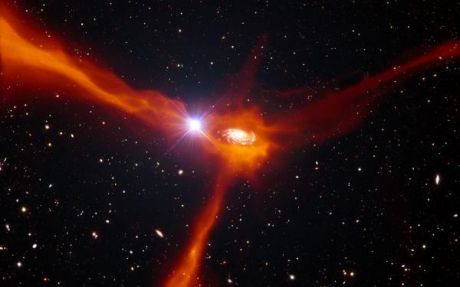
Black holes, neutron stars and novae are some of the Universe's marvels generating gamma, the most energetic form of radiation. EU-funded scientists shed further insight into burning questions such as what produces this much energy.
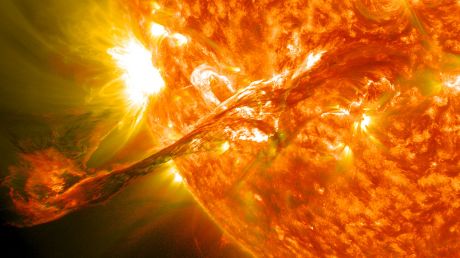
An EU-funded initiative is bringing together the European research institutions, infrastructures (telescopes), and data repositories with the aim of helping the solar physics community prepare for operation of the European Solar Telescope (EST).
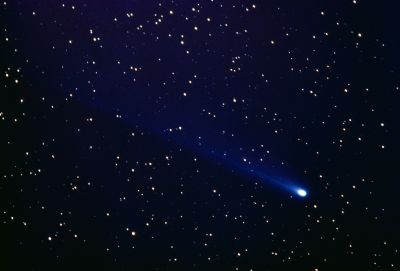
The first generation of galaxies marked with their formation the end of our Universe's dark ages and the beginning of the epoch of reionisation. This transition to a new era has been unravelled by EU-funded scientists through the largest, to date, simulations of the transformation of the intergalactic medium from neutral to ionised.
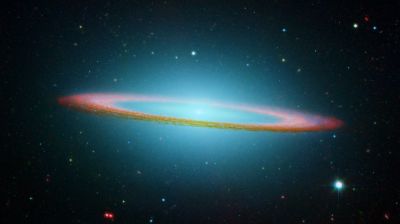
To trace the origins of Earth and life in the Universe, EU-funded scientists studied planet formation and evolution, including the material around stars where planets form.
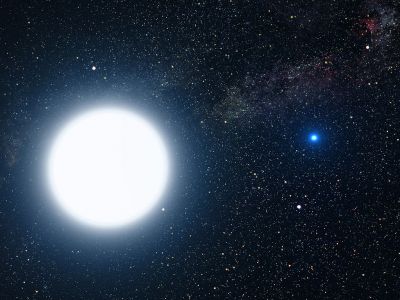
For the next decade, the European Space Agency (ESA) has scheduled new missions for X-ray and far-infrared astronomy equipped with large detector arrays of high sensitivity. An EU-funded project aimed to speed up these developments by addressing the restricted amount of available power at low temperatures.
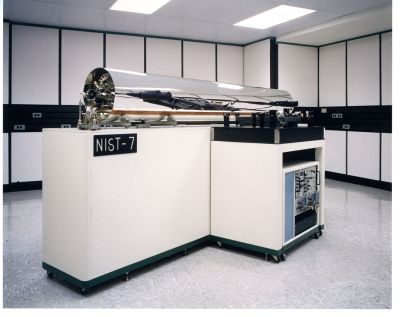
EU-funded researchers are well on their way to delivering transportable optical clocks with frequency instability below 1x10-16 and fractional inaccuracy below 5x10-17. Their performance will eventually be improved to be about two orders of magnitude higher than today's most stable and accurate microwave clocks.
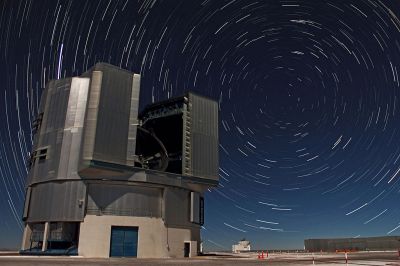
An EU-funded initiative brought together Europe's national and international agencies to ensure that astronomers can carry out their research with state-of-the-art optical and infrared telescopes.
























